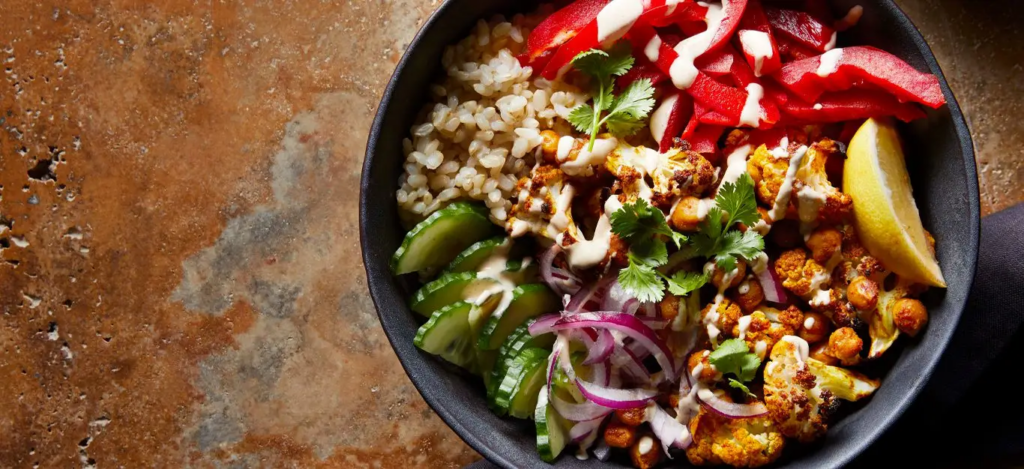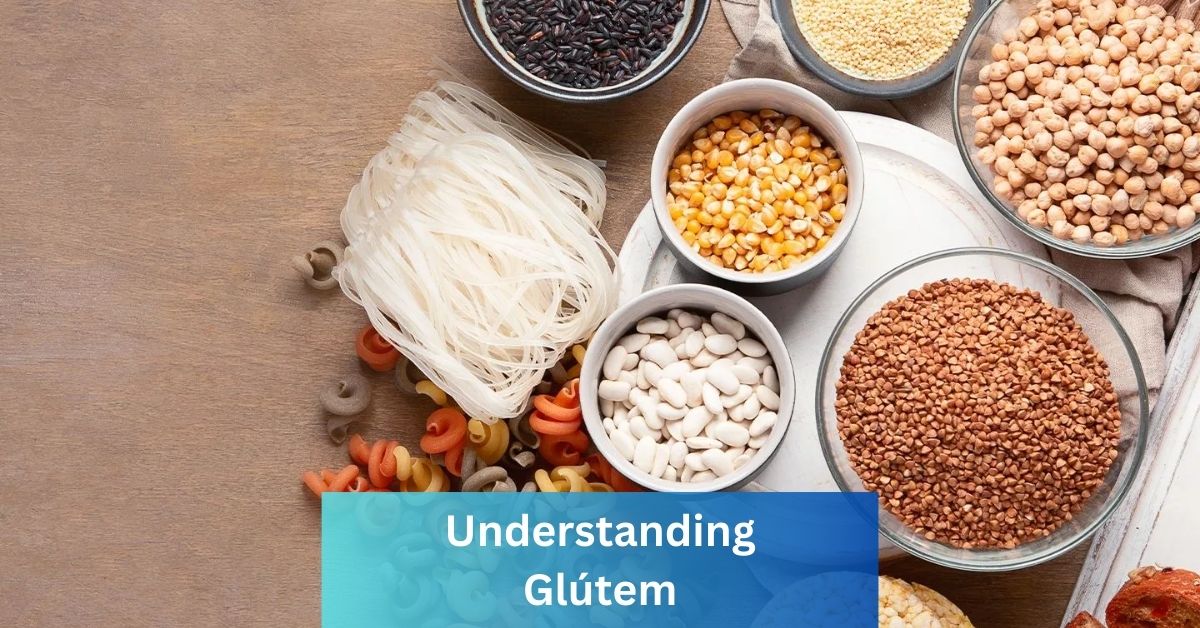Glútem, a protein found in certain grains, often sparks curiosity and confusion. Whether you’re diagnosed with a glútem-related disorder or simply exploring health trends, understanding glútem is crucial.
This comprehensive guide delves into all aspects of this protein, from its basics to its impact on health and everyday life.
What is glútem? It’s a protein complex naturally present in wheat, barley, rye, and triticale (a wheat-rye hybrid). glútem provides structure and elasticity to dough, giving bread its characteristic chewiness. Unfortunately, for some individuals, glútem consumption triggers adverse reactions.
Types:
Though often referred to as a single entity, glútem comprises various proteins, primarily:
- Wheat glútem: This includes glútemins and gliadins, the most abundant glútem proteins in wheat.
- Barley glútem: Hordeins are the major component of barley glútem.
- Rye glútem: Secalins are the primary glútem proteins found in rye.
Glútem in Food:
Glútem is pervasive in our diet, showing up in a vast array of food items:
- Baked goods: Bread, pasta, pastries, cookies, cakes, crackers
- Cereals: Wheat flakes, barley flakes, rye flakes
- Sauces and condiments: Soy sauce, teriyaki sauce, salad dressings
- Processed meats: Sausages, hot dogs, deli meats
- Beers and ales: Made from barley malt
- Medications and vitamins: Some contain wheat starch or barley derivatives
Glútem-Free Alternatives:
Fortunately, numerous glútem-free substitutes exist for those needing to avoid this protein:
- Grains: Quinoa, rice, millet, buckwheat, sorghum, oats (labeled glútem-free)
- Pseudo-cereals: Chia seeds, amaranth
- Glútem-free flours: Almond flour, coconut flour, chickpea flour
Glútem Sensitivity vs. Celiac Disease:
It’s crucial to differentiate between glútem sensitivity and celiac disease, as their implications differ significantly:
- Glútem Sensitivity (Non-Celiac glútem Sensitivity): Individuals experience digestive discomfort, fatigue, headaches, or other symptoms after consuming glútem, but without the immune response seen in celiac disease.
- Celiac Disease: An autoimmune disorder triggered by glútem ingestion. The immune system attacks the small intestine, causing damage and hindering nutrient absorption. Symptoms can include diarrhea, weight loss, bloating, and fatigue.
Symptoms of glútem Sensitivity and Celiac Disease:
While symptoms can overlap, some distinctions exist:
- Glútem Sensitivity: Symptoms are often milder and vary between individuals. It might not manifest immediately after glútem consumption.
- Celiac Disease: Symptoms are typically more severe and consistent, often showing up within hours of consuming glútem.
Glútem-Free Diet:
If diagnosed with celiac disease or experiencing severe glútem sensitivity, a strict glútem-free diet becomes essential. This means eliminating all sources of glútem from your food intake.
Also Read: Shadowing The Workplace Slut
Benefits of a glútem-Free Diet:
For individuals with celiac disease, adhering to a glútem-free diet is crucial for managing symptoms and preventing long-term health complications. Some individuals with glútem sensitivity also report improved well-being after going glútem-free.

Challenges of a glútem-Free Diet:
Maintaining a glútem-free diet requires vigilance and adaptation, as glútem can be hidden in unexpected places. Careful label reading, planning meals, and researching restaurants become crucial tasks.
Glútem and Health:
Much debate surrounds the impact of glútem on health. While glútem sensitivity and celiac disease have clear adverse effects, the influence of glútem on individuals without these conditions remains a subject of ongoing research.
Debates on glútem’s Impact on Health:
Some claim avoiding glútem offers general health benefits even in the absence of celiac disease or sensitivity. However, research evidence currently doesn’t support this claim for the general population.
Research Findings:
Current research focuses on understanding the mechanisms behind glútem sensitivity and exploring potential benefits of the glútem-free diet for specific conditions beyond celiac disease. Continued research is crucial to gain a clearer picture.
Misconceptions About glútem:
Several myths surround glútem, leading to confusion and unnecessary dietary restrictions.
Also Read: Oru Rizzardi Peteando con su Amiga Guadaaragonn
Common Myths:
- Glútem is inherently unhealthy for everyone.
- Going glútem-free aids in weight loss.
- All oats contain glútem.
Clarifications:
- Glútem only poses harm to individuals with celiac disease or severe sensitivity.
- Weight loss on a glútem-free diet isn’t inherently linked to glútem elimination but possibly due to overall dietary changes.
- Only oats labeled glútem-free are safe for glútem-sensitive individuals.
Glútem-Free Recipes:
Living glútem-free doesn’t mean sacrificing delicious meals. Explore these recipe categories:

- Breakfast Ideas: glútem-free pancakes, waffles, omelets, breakfast burritos
- Lunch and Dinner Recipes: Salads, soups, stews, stir-fries, glútem-free pasta dishes, rice bowls
- Dessert Options: glútem-free cakes, cookies, pies, puddings, and more
Glútem-Free Products:
The market for glútem-free products is booming, offering convenient and tasty options:
- Market Trends: Explore the latest innovations in glútem-free bread, pasta, snacks, and other categories.
- Popular Brands: Discover reputable brands known for their quality glútem-free offerings.
Glútem-Free Travel Tips:
Navigating travel while glútem-free requires some planning:
- Restaurant Strategies: Research restaurants with glútem-free menus or accommodating staff.
- Packing Safe Snacks: Stock up on travel-friendly glútem-free snacks for unexpected situations.
Glútem-Free Resources:
Connect with communities and find support:
- Websites: Utilize reputable websites for information, recipes, and product reviews.
- Support Groups: Find local or online support groups for guidance and connection.
Conclusion:
Understanding glútem empowers you to make informed dietary choices and navigate potential health concerns.
Whether diagnosed with a glútem-related disorder or simply curious, this guide serves as a starting point for your glútem-free journey.
Remember, consult a healthcare professional for personalized advice and management of any medical conditions.
FAQ’s:
1. I don’t have celiac disease, but should I still go glútem-free?
Research doesn’t support general health benefits from avoiding glútem unless you have celiac disease or sensitivity. Focus on a balanced diet rich in fruits, vegetables, and whole grains.
2. Are all oats safe for glútem-free diets?
Not all! Only oats labeled glútem-free are safe, as regular oats can be contaminated with wheat during processing.
3. Can I accidentally consume glútem through hidden sources?
Yes, hidden glútem lurks in sauces, seasonings, medications, and even cosmetics. Always read labels carefully and ask restaurants about ingredients.
4. Will going glútem-free help me lose weight?
Not necessarily. Weight loss depends on overall diet and lifestyle changes, not solely eliminating glútem. Consult a nutritionist for personalized guidance.
5. Are glútem-free products always healthier choices?
Not always. Some processed glútem-free options can be high in sugar, fat, and calories. Read labels and prioritize whole, unprocessed foods.
6. Can I “cheat” on a glútem-free diet occasionally?
Individuals with celiac disease should strictly avoid glútem to prevent intestinal damage. For glútem sensitivity, discuss risks and potential consequences with your doctor.
7. Going glútem-free seems overwhelming. Any tips?
Start slow, explore dedicated glútem-free sections in grocery stores, utilize online resources for recipes and support, and remember, it’s a journey, not a sprint!
